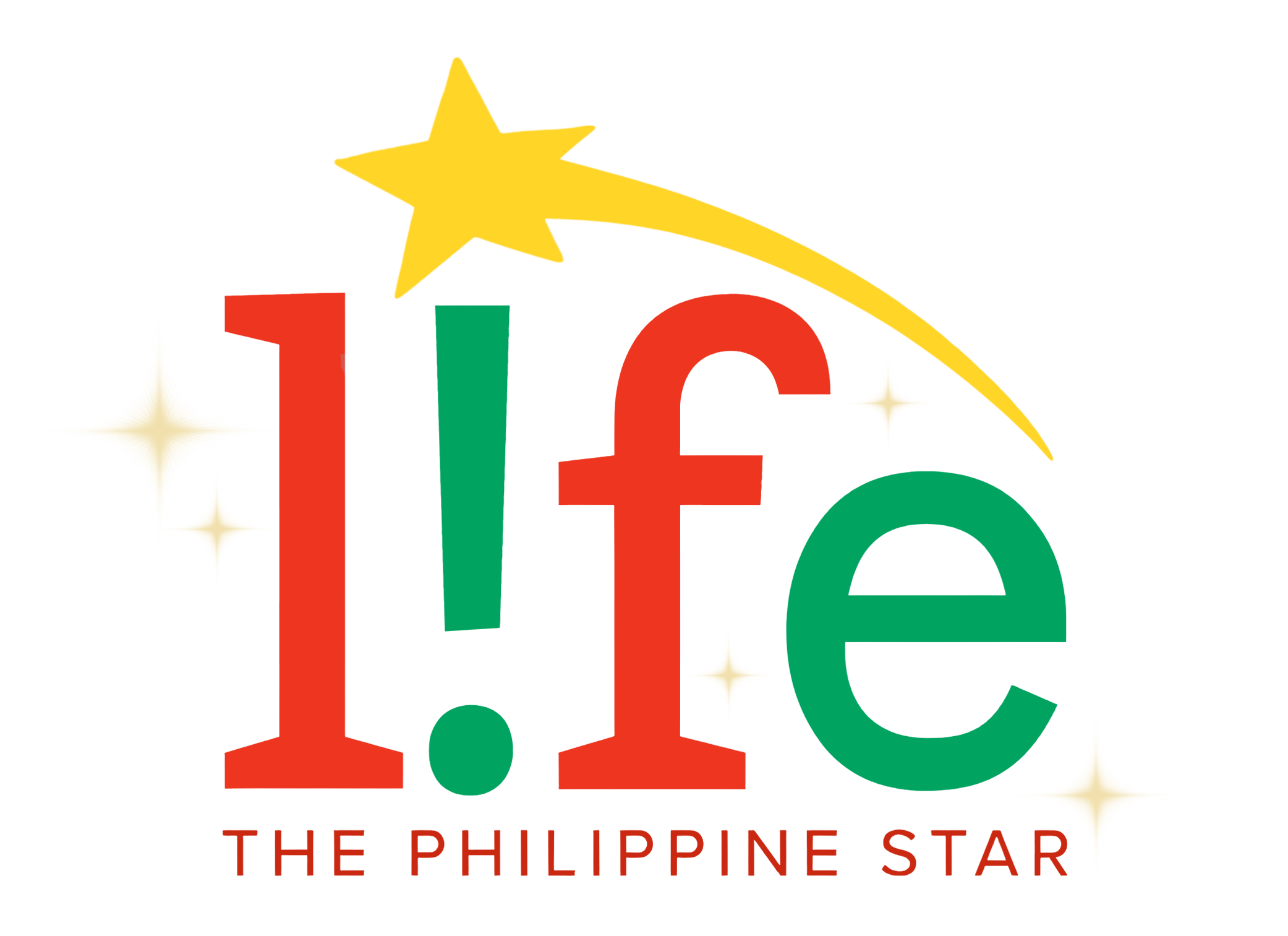Unchanged and unchained at Art Fair Ph
Truth be told, it was the decadent ilustrado Pedro Paterno who was the first to produce the Filipino art fair—or for that matter, the first-ever Asian art fair. (Move over, Singapore, Hong Kong and Indonesia!)
Almost a century and a half ago, Paterno had persuaded the Spanish Queen to let him set up an art fair of his own invention in Madrid’s Retiro Park. Think now of the Ayala Triangle Gardens tent city where Art Fair Philippines will open this year from Feb. 21 to 23. Paterno filled up the halls of the Exposición Histórico-Natural y Etnográfica of 1893 with fine Filipino costumes and fabrics (think Vogue Philippines’ recent display of very similar mannequins dressed in piña at Paris Fashion Week), silver and coconut tea sets (the Philippines at France’s Maison et Object) and “lifestyle” pieces of furniture painted by other Filipino artists living in Madrid. (That would be Heart Evangelista and her Hermès Birkin art). More importantly, he presented paintings by his BFFs Juan Luna and Felix Resurreccion Hidalgo. Luna’s epic allegory of “España y Filipinas” would make its first public appearance there. (Incidentally, tantalizing remnants from this fair were auctioned off by Leon Gallery as the “Ilustrado Trove” just a few years ago.)
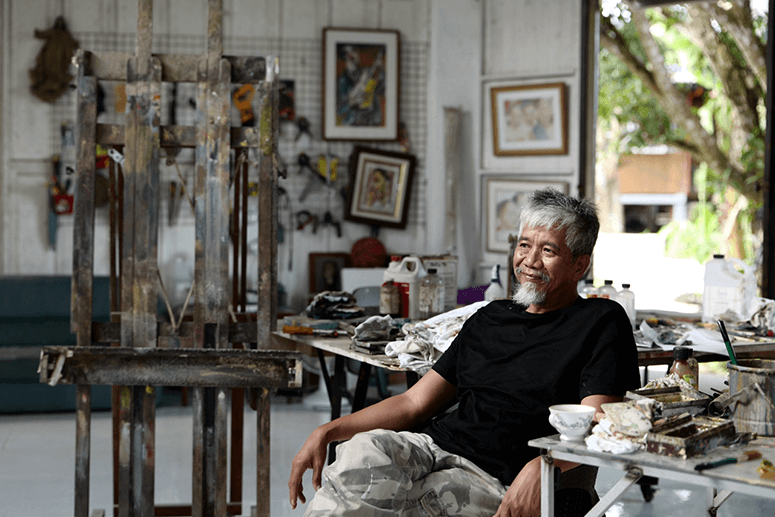
In fact, Pedro Paterno’s personal cabinet of curiosities—his natural history specimens and books—would become the foundation of the present-day Philippine National Museum and National Library. He had first lent them out for the landmark “Exposicion General de Filipinas” a few years earlier. Indeed, the Spanish regent Queen Maria Cristina—yes, the same monarch who would give her name to the country’s greatest waterfalls—would create the two institutions by royal warrant in 1887. They were both the first of their kind in Southeast Asia. (In the same way that the kernel for the British Museum was a 70,000-piece bequest from Sir Henry Sloane.)
Paterno used his brainchild of a fair to highlight the glories of the Spanish empire in much the same way as Art Fair Philippines highlights the beauties of the Makati Central Business District and Ayala Land. However, like a true aesthete, he missed the point entirely. To borrow a favorite turn of phrase of Donald Trump, art can—and should be—weaponized.
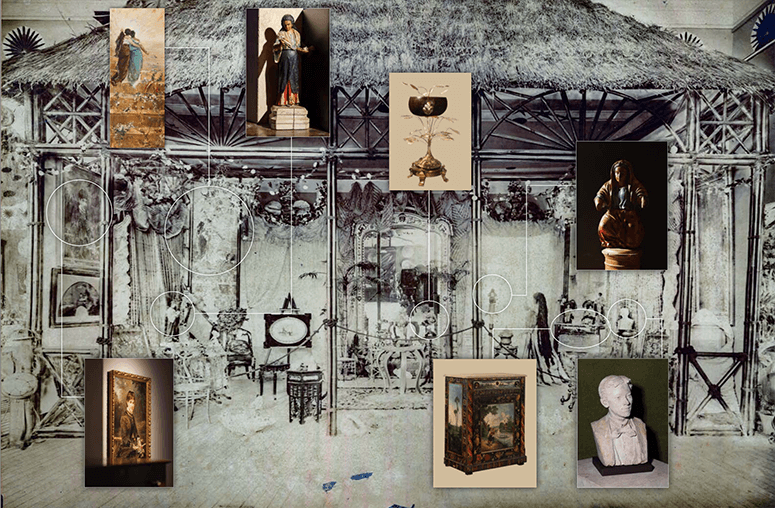
Juan Luna was the first Filipino artist to do just that: He used paint and canvas to create the “Spoliarium” and to push a nationalist agenda. And so did Marcelo H. del Pilar and Antonio Luna who used reportage in the newspaper La Solidaridad for the same end; meanwhile Rizal adapted the genre of the romantic-thriller novel to focus on the ills of the Spanish empire. Bonifacio and Jacinto were not far behind with their first Tagalog newspaper, Kalayaan, talking revolution with their op-ed pieces.
The perfect disruptor for the Filipino artistic tradition of the “wake-up call” is none other than Emmanuel “Manny” Garibay, who is one of the country’s most unafraid, unchained, if unrepentant, artists of his generation. (I say “unrepentant” because in the face of his multimillion-peso auction results, Garibay remains staunchly idealistic. “I really don’t think about those things, nor do I want to,” he remarks tartly.)
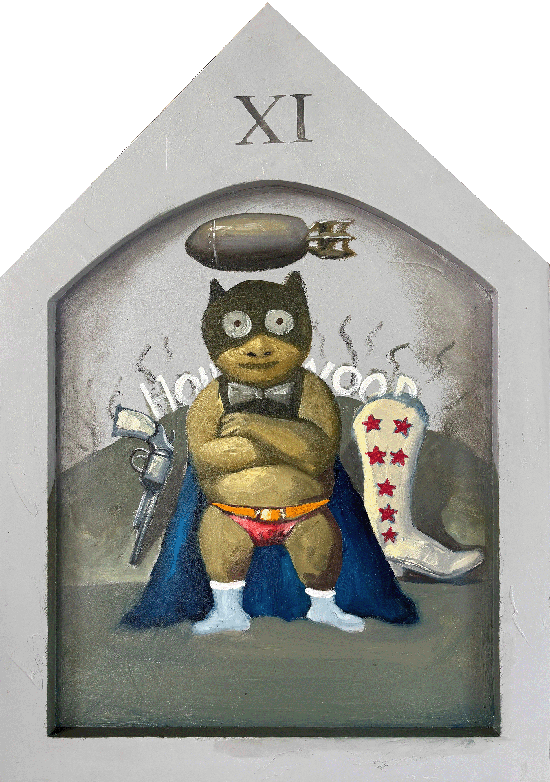
Indeed, success has not diminished his desire to convince and convert one little bit. Garibay remains true to his origin story as a student activist of the late 1970s.
A spectacularly over-educated artist—with an armload of degrees in sociology, fine arts, as well as one in divinity—he has devised a sumptuous installation for Art Fair Philippines’ 2025 edition.
“Young people today face intense pressure to belong,” he says, and credits that need to find their own place in the sun, with the droves of 18-somethings searching for greater meaning in their lives through art.
They will not be disappointed with his installation called “Dambana.” Garibay has created a three-part multiverse with portals that lead to a central installation that turns the idea of colonialism on its head, beginning with a set of albino bul’ul, which begs the question of who truly is the exotic.
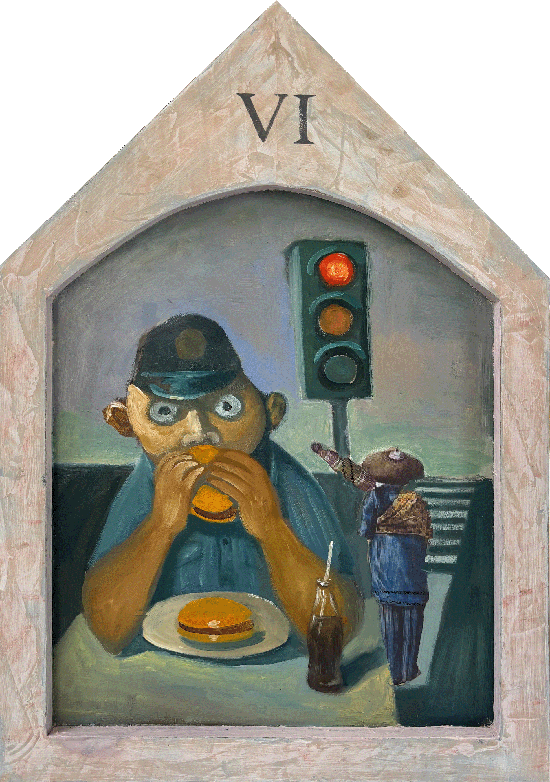
The easiest to digest will be a Via Crucis (or Stations of the Cross) featuring modern-day exemplars such as a burger-chomping traffic cop (truly a modern scourge), karaoke-singing pharisees, and a Pinoy Batman.
Most riveting are a set of portraits of modern-day demagogues (including Elon Musk) and advertising geniuses such as Edward Bernays (“who convinced the world that cola and cigarettes were actually good for your health,” explains Garibay). Also featured are epic writers such J.R.R. Tolkien and Homer, Levi Celerio and Dolphy and Balagtas. The sum total is meant to challenge the viewer not only to look twice, but to think twice as well.
A cache of wall-sized paintings present classic, unadulterated Garibay—central of which is the work “Himbing,” an homage to Mnemosyne, mother of memory as well as the nine muses. In Garibay’s world, the Filipino goddess is as fast asleep as Superman trapped in a glacier, unable to give true life to her progeny. They sit disconnected from the world, and each other, like rain men.
A second work, “Katunayan,” represents the three stages of Filipino art (modern, pre- and post-). A “Doubting Thomas” raises questions about the fate of Pinoy culture.
Finally, there is a provocative Vitruvian Man, a take on Leonardo da Vinci who, thanks to his “Mona Lisa,” is the most famous artist in the world. Garibay hijacks this famous image by overlaying it with the face of Rizal. It’s perhaps the most irreverent and heretical in the entire fair since the national hero has been seared into our collective memories as nothing short of a god. Garibay says he riffs off Ambeth Ocampo’s “Rizal’s Overcoat,” taking aim at the Luneta monument that clothes Rizal in wintry wool while he stands in the middle of Manila’s oppressive tropical heat. It’s just one of the artworks that pose a barrage of mind-vexing questions about the worth of the Filipino.
This political sensibility is what differentiates Art Fair Philippines from its soul-sister counterparts in HK and Singapore. It keeps alive almost two centuries of Filipino activism and social criticism in art first created by Juan Luna and Jose Rizal.


